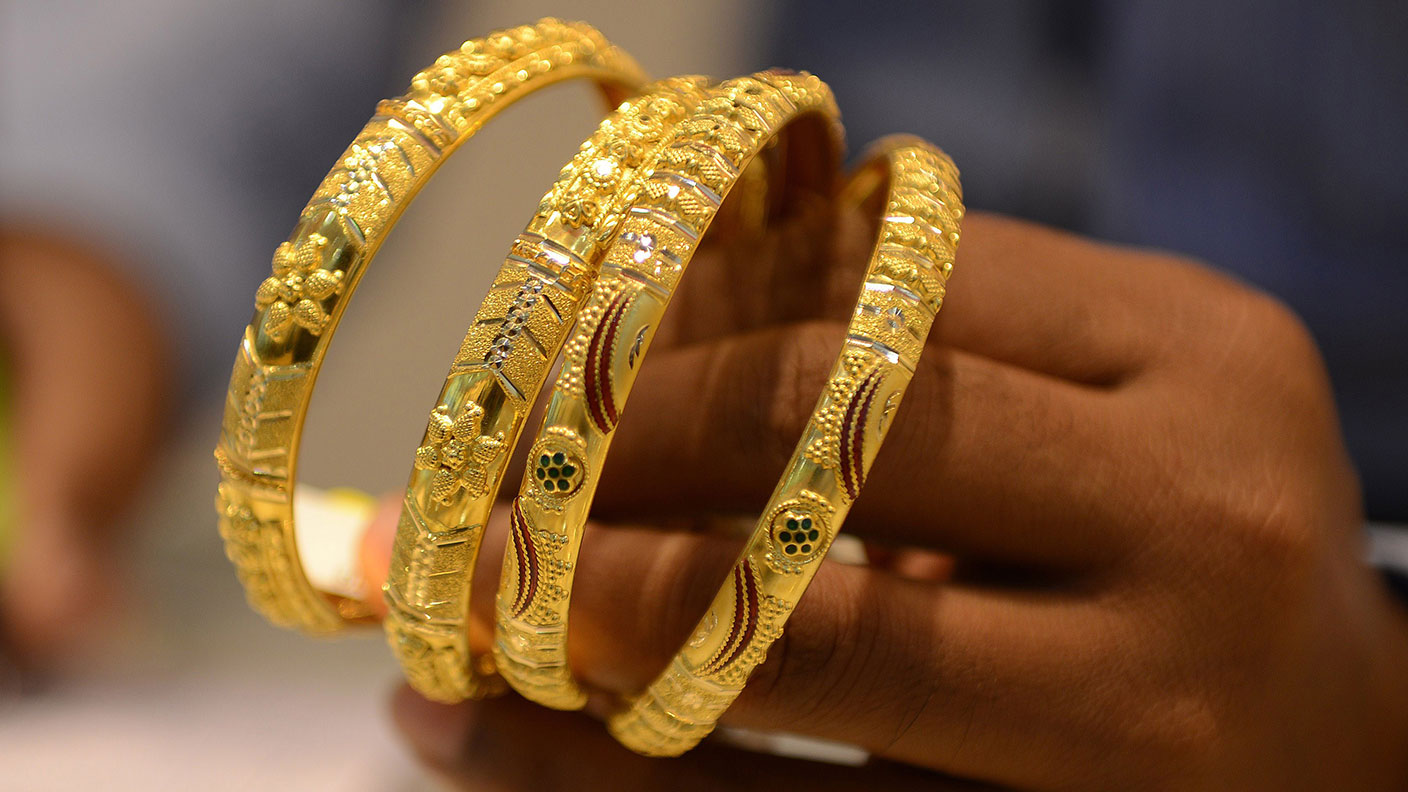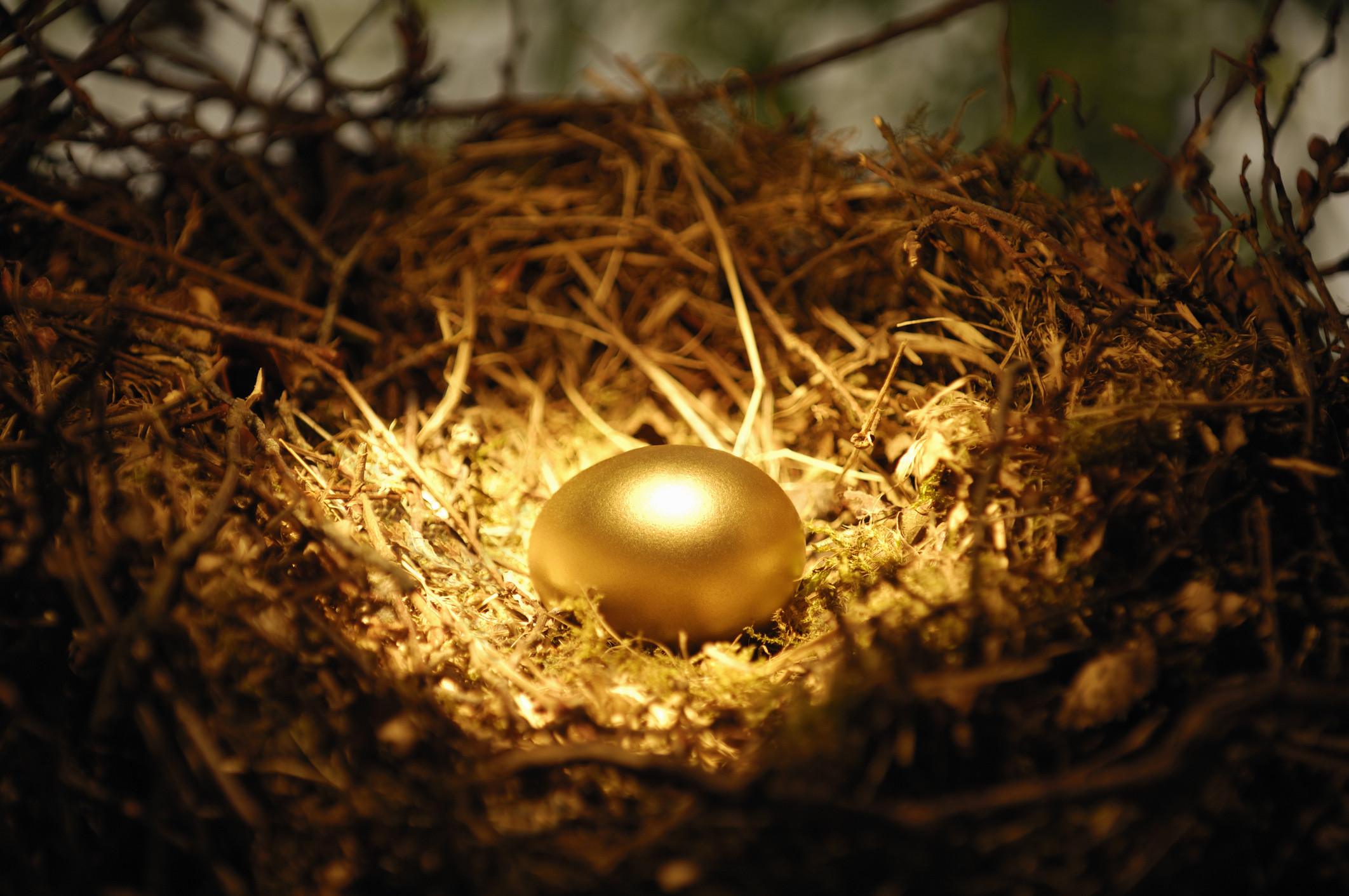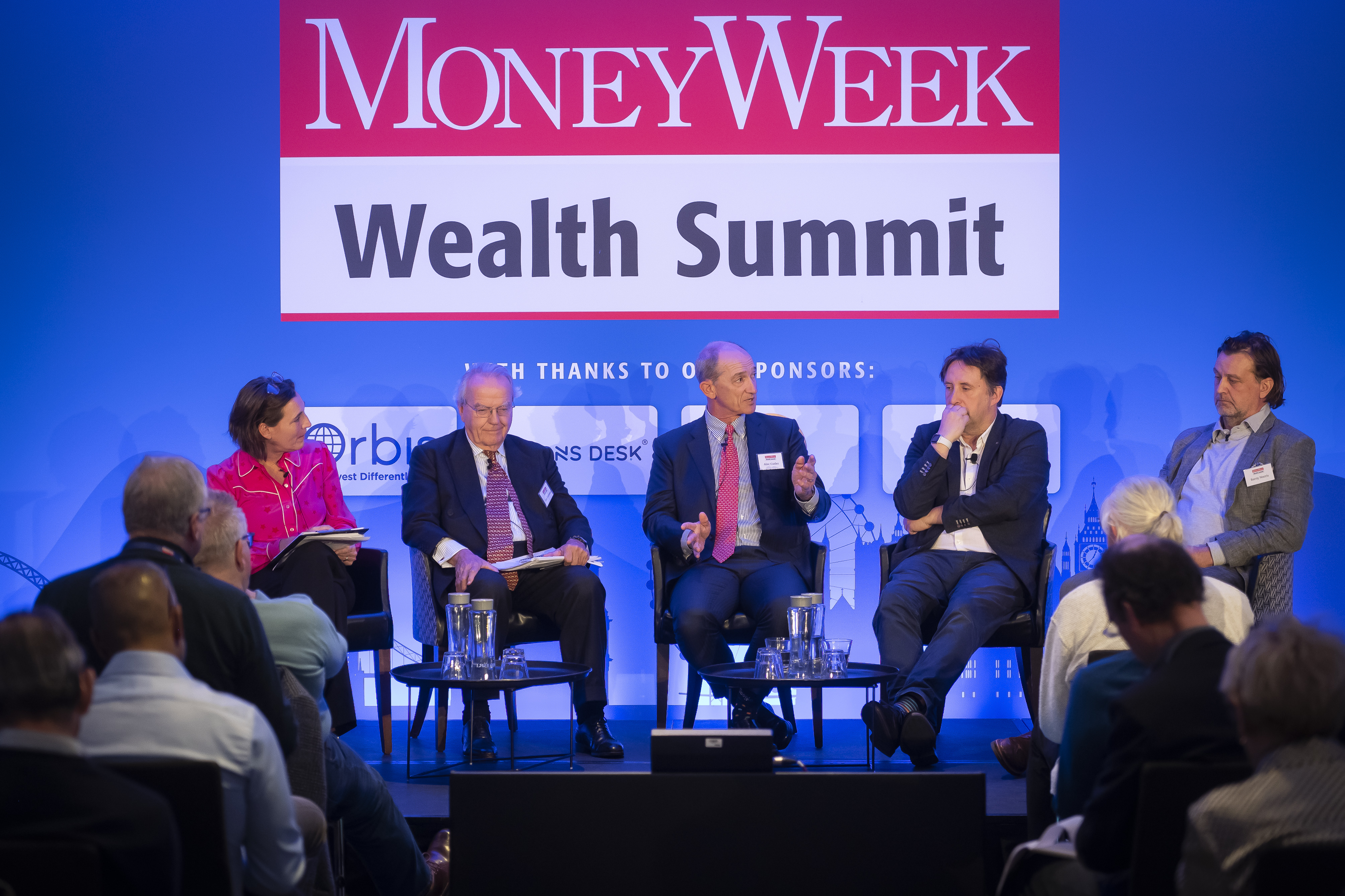The facts about gold
Gold fires our imaginations like no other metal. Chris Carter looks at its history, its uses, and how to invest.


Fast facts
- Gold is a precious metal with the atomic number 79 and chemical symbol Au
- It is soft, conductive and resists corrosion
- In Britain, it is free of VAT (and of CGT for legal currency – eg, Britannias)
- It is mostly used as a monetary metal, a store of value and for jewellery
- Around 2,500-3,000 tonnes of gold are mined every year
History of gold
How to invest in gold
Gold fires our imaginations like no other metal. Whether for its lustre, shine or scarcity, we imbue it with an almost mystical sense of power. Hence the warning in the Bible not to worship the “golden calf”. And yet, we can’t help ourselves. It’s no coincidence, after all, that wedding rings are traditionally made from gold. During the Indian wedding season every autumn and spring, demand for gold can actually shift the market. Only to a chemist is gold just plain old number 79 in the periodic table. To the rest of us, it is wealth, power and freedom. And, of course, gold was also thought a fitting present for the infant Messiah (just not in calf form). By then, the Ancient Egyptians had been smelting gold for 1,600 years.
Gold’s uses
As a soft metal, gold is malleable and corrosion resistant. It’s also good at conducting heat and electricity. That makes it ideal for use in electronics, such as computers and smartphones, where it is used in tiny amounts. If you have ever had a gold filling, you will know that it is also used in dentistry, and, as we have seen, it is also widely used to make jewellery. But otherwise, gold’s role is mostly as a monetary metal. That is, it can be traded as money in the form of coins, say, and it is good as a store of wealth, particularly during turbulent times, when, for example, stocks can be volatile (see below).
Around 197,576 tonnes of gold has been mined throughout history, of which around two-thirds has been mined since 1950, according to the World Gold Council. “If every single ounce of this gold were placed next to each other, the resulting cube of pure gold would only measure around 21 metres on each side.” China is the world’s biggest producer, followed by Australia, Russia, the US and Canada.
MoneyWeek
Subscribe to MoneyWeek today and get your first six magazine issues absolutely FREE

Sign up to Money Morning
Don't miss the latest investment and personal finances news, market analysis, plus money-saving tips with our free twice-daily newsletter
Don't miss the latest investment and personal finances news, market analysis, plus money-saving tips with our free twice-daily newsletter
Why buy gold?
Try as you might (and alchemists have tried for centuries), you can’t make more gold. And unless someone has gone to the trouble of destroying their gold at the subatomic level, all 197,576 tonnes of the gold that has ever been mined still exists in the world somewhere. Fiat currency, the paper that is hopefully in your wallet, is, on the other hand, very easy to destroy. We’re not talking about melting the new polymer bank notes – we’re talking about simply “printing” (not literally, but electronically) more of it through “quantitative easing” (QE) – trillions of pounds more of it. That is exactly what the Bank of England, along with every other major central bank, has been doing for years – eroding the real value (ie, after inflation) of money. Since November 2009, the Bank of England has created £2.4trn through QE, including the purchase of £745bn in UK government bonds, announced in June 2020.
Central banks print money in times of economic stress, when asset prices can be volatile. Compared to other assets, however, the gold market tends to be less prone to violent price swings. The price of gold can fall fast – as we saw in March 2020. But it also tends to recover the lost ground quickly as investors seek safe havens – as had happened by April 2020. That is why at MoneyWeek we say you should have 5% to 15% of your portfolio in gold.
Gold is also unique in being free of value-added tax (VAT) in Britain when you buy it. It can also be free of capital gains tax (CGT) when you come to sell it for a profit, provided it takes the form of British legal currency, such as with gold Britannias and sovereigns
What has the gold price been up to lately?
Gold is priced in dollars and it tends to be measured in troy ounces (not to be confused with regular ounces, of which there are 1.1 in a troy ounce). Gold whooshed up to an all-time high of $1,900 a troy ounce by August 2011, in the aftermath of the financial crisis. The gold price then fell to a low of around $1,050 towards the end of 2015 as the stockmarket continued to rise in those years (the price of gold tends to fall as stocks rise).
Since that nadir, the price of gold has been rising. In March 2020, the economic commotion brought about by the Covid-19 pandemic accelerated that trend after an initial, brief dip.
In terms of sterling, however, gold has never been more expensive – it currently stands at around £1,400 an ounce.
How to invest in gold
There are several ways for investors to buy gold. Check out MoneyWeek’s “A beginner’s guide to investing in gold” for the specifics.
In short, investors can either buy bullion (that is, the physical metal) or they can buy shares in a gold-back exchange-traded fund (ETF), such as WisdomTree Physical Gold (LSE: PHAU) or The Royal Mint (LSE: RMAU).
For a list of bullion brokers, see here, and for a list of ETFs, see here.
The other (indirect) way to play a rising gold price is to buy shares in the gold miners. John Stepek looks at a few options here.
Get the latest financial news, insights and expert analysis from our award-winning MoneyWeek team, to help you understand what really matters when it comes to your finances.

-
 High earners face £15k income hit by 2029 following Autumn Budget
High earners face £15k income hit by 2029 following Autumn BudgetRachel Reeves’s Autumn Budget means high earners – or HENRYs – are now looking at an income hit running into the thousands. Can you avoid it?
-
 Millions underestimate how many paydays are left until retirement - why you should be counting your payslips
Millions underestimate how many paydays are left until retirement - why you should be counting your payslipsKeeping track of how long you will be earning a salary for can help work out how much you need to put into a workplace pension
-
 What's behind the big shift in Japanese government bonds?
What's behind the big shift in Japanese government bonds?Rising long-term Japanese government bond yields point to growing nervousness about the future – and not just inflation
-
 Halifax: House price slump continues as prices slide for the sixth consecutive month
Halifax: House price slump continues as prices slide for the sixth consecutive monthUK house prices fell again in September as buyers returned, but the slowdown was not as fast as anticipated, latest Halifax data shows. Where are house prices falling the most?
-
 Rents hit a record high - but is the opportunity for buy-to-let investors still strong?
Rents hit a record high - but is the opportunity for buy-to-let investors still strong?UK rent prices have hit a record high with the average hitting over £1,200 a month says Rightmove. Are there still opportunities in buy-to-let?
-
 Pension savers turn to gold investments
Pension savers turn to gold investmentsInvestors are racing to buy gold to protect their pensions from a stock market correction and high inflation, experts say
-
 Where to find the best returns from student accommodation
Where to find the best returns from student accommodationStudent accommodation can be a lucrative investment if you know where to look.
-
 The world’s best bargain stocks
The world’s best bargain stocksSearching for bargain stocks with Alec Cutler of the Orbis Global Balanced Fund, who tells Andrew Van Sickle which sectors are being overlooked.
-
 Revealed: the cheapest cities to own a home in Britain
Revealed: the cheapest cities to own a home in BritainNew research reveals the cheapest cities to own a home, taking account of mortgage payments, utility bills and council tax
-
 UK recession: How to protect your portfolio
UK recession: How to protect your portfolioAs the UK recession is confirmed, we look at ways to protect your wealth.